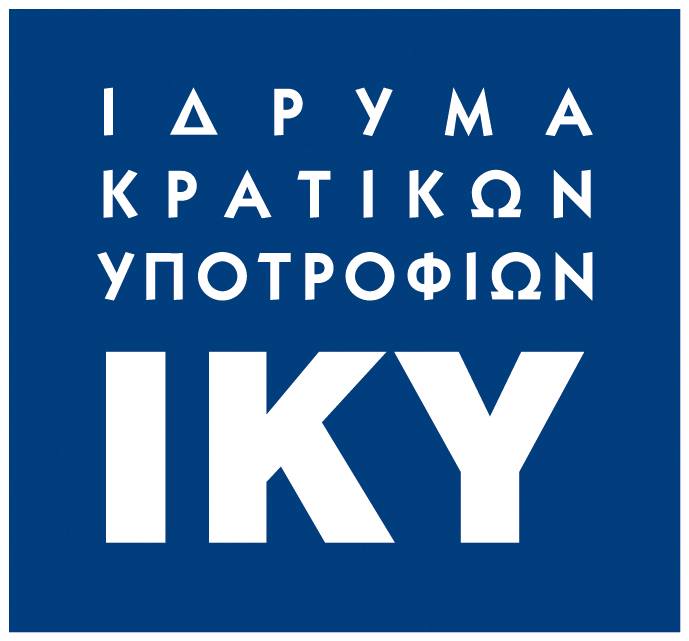How to apply for Key Action 1 – Learning Mobility of Individuals
The first step is to be advised on the structure and content of Key Action 1 – Learning Mobility of Individuals in the fields of education and training by studying the Programme Guide (Erasmus+ Guide) of the year you are planning to apply. The National Agency/IKY is also organising info days, open to anyone interested in submitting an application under this Action; the relevant announcements are available in our website under the Events page, as well as in our Facebook page. Online info days are also organised and video-recorded; you can see the video-recordings here. By subscribing to our newsletter, you will be able to receive all relevant announcements.
For mobility projects in school education, vocational education and training and adult education, please see the list of eligible organisations, as approved by the National Agency, here.
In school education, eligible non-teaching staff includes staff working in school education, either in schools (teacher assistants, pedagogical advisors, psychologists, etc.) or in other organisations active in school education (e.g. school inspectors, counsellors, policy coordinators in charge of school education, etc.).
As regards mobility projects in higher education, eligible for funding are Higher Education Institutions established in a Programme Country or in a Partner Country (non EU country).
Higher Education Institutions (HEI) in Programme Countries must be holders of the Erasmus Charter for Higher Education (ECHE).
Students and staff from these Institutions are not eligible to apply by themselves via IKY.
Interested parties can submit an application to their Institution for Erasmus+ mobility based on the Call for Proposals announced by each different Institution. The selection criteria for participation in mobility activities are defined by the Higher Education Institutions where interested parties work or study.
It is noted that, in the case of organizations providing both general and vocational education (e.g., EPAL, PEPAL, etc.), in the Mobility of the “Vocational Education and Training” sector, only teachers and students of the Vocational Education program (Principal, Deputy Principals, teachers who teach specialized subjects, and specialized students) are eligible, while in the Mobility of the “School Education” sector, only teachers and students of the General Education program (Principal, Deputy Principals, teachers, and students of general education) are eligible.
In the case of organizations that do not have enrolled students/trainees (e.g., Laboratory Centers), only the mobility of teaching staff of the organization or trainees in consortium organizations with a coordinator from the organization without enrolled trainees is eligible.
Higher Education Institutions interested in obtaining the Erasmus Charter for Higher Education (ECHE) can be advised accordingly by the Executive Agency of the European Commission where the relevant Call for proposals is published annually.
Interested parties must check the deadlines for submitting applications applicable for the activities they wish to participate in. The application deadlines for decentralised actions for which applications are submitted to the National Agencies are available here. The application deadlines for the centralised actions for which the relevant applications are submitted directly to the European Commission are available here.
According to the 2024 Call for Proposals, the application deadline for Key Action 1 is 20th February 2024, 12.00 (midday) Brussels time (13.00 time of Greece). The application deadline for the accreditation of organisations in school education, vocational education and training and adult education is 8th October 2024, 12.00 (midday) Brussels time (13.00 time of Greece).
The European Commission created the EU Login Authentication Service (former ECAS), open to all European citizens that want to have access to special pages and electronic tools of the European Commission. In the framework of Erasmus+, an EU login account is necessary for registering your organisation in the Organisation Registration System (Step 5). To create an EU Login account, you need an active email and a password set by the user.
Click here for detailed instructions on how to create an EU login account.
Note: You can skip this step, if you already have an ECAS account created in the framework of your participation in a previous submission round.
All bodies wishing to take part in Erasmus+ should register in the new registration system (Organisation Registration System) of the European Commission and provide their basic legal and financial data therein. Click here for detailed instructions.
In the framework of the 2024 Erasmus+ Call for Proposals, the electronic applications for Key Action 1 in the fields of education and training will be in WEB format.
Applications are available in the following link of the European Commission: https://webgate.ec.europa.eu/app-forms/af-ui-opportunities/#/erasmus-plus
If you are a new user, you can create an EU login account before accessing the electronic application forms. For detailed information on how to create the EU Login account, please visit the link https://wikis.ec.europa.eu/display/NAITDOC/EU+Login+-+European+Commission+Authentication+Service. For additional information, go to Step 4.
For detailed instructions, see the Follow-up Announcement of the National Agency/IKY.
For detailed instructions, please read the Follow-up Announcement of the National Agency/ IKY.
When completing your application, it is recommended to study the Guide for Assessors.
You can also be informed accordingly via the online info events organised by IKY. The video recordings are available here.
To receive a travel grant under Erasmus+, the relevant travel distance must be calculated by using the Distance Calculator.
As regards the Distance Calculator, it is clarified that the distance is calculated from the place of origin to the venue of the activity without adding any eventual intermediate stops included in the travel. The only exception is when the departure location is an airport which is further away from the venue of the sending organisation (e.g. if you are travelling from Patras to Paris, then you should calculate the distance Athens-Paris in the Distance Calculator, since the distance taken into account is the distance between the airport and the destination location).
The distance of a one-way travel should be used as a basis to calculate the amount of the EU grant that will support the round trip.
Be really careful when drafting your budget on the basis of the eligible categories of expenses. Make sure to consult the Programme Guide at all times as well as your National Agency, which is here to guide you in drafting a budget that best suits your project.
Once you complete your application, it is strongly recommended that you go through the Checklist section of the application, so that you make sure the criteria stated therein are met.
Make sure that all necessary documentation stated below has been uploaded to the “Annexes” tab.
Declaration of Honour: This form is part of the application. Via the “Download Declaration of Honour” button, you can download and store this two-page document on your PC, print it, have it signed by the legal representative of the organisation/institution, have it stamped and scanned, and then, upload it to the “Annexes” tab via the “Add Declaration of honour” button.
Mandates (if required): Mandates are available in PDF format under the “Annexes” tab. Via the DOWNLOAD MANDATES button, you can print them, have them signed by the legal representatives of the partners and the legal representative of the coordinator, have them scanned and then, upload them via the ADD MANDATES button.
Other documents, as these are described in the Announcement of the National Agency regarding the field for which you are interested in submitting your application.
If all the units of your application are valid [when marked with the green symbol (√)] and all necessary documentation has been attached, then your application is ready to be submitted to your National Agency.
To submit your application, click the SUBMIT button at the bottom left corner of the page. The SUBMIT button will be enabled, if all the sections of the application have been filled-in, the necessary documents have been attached and the checklist has been confirmed. A pop-up window will be displayed, asking you to confirm the submission of the application. If you are sure you want to submit your application, click YES. If you click NO, the submission of the application will be cancelled but not the application itself.
A brief summary of the application will be displayed on the confirmation window of the final submission. Click OK to close it. Then, the application form will be closed. The home screen of the electronic application opens. Under the tab “My applications”, you will now be able to see the submitted applications with the indication SUBMITTED, while, the indication COMPLETED will now be displayed on the application form status.
A confirmation e-mail in English will be sent once the application is submitted.
Late submission of the application
Applications for Erasmus+ have a set deadline, visible on the home screen and in the header of the application form. If you happen to miss the application deadline, you will not be able to submit your application. An exception can be made, if applicants can prove that they tried to apply before the official application deadline and were not able to do so for technical reasons. In such case, applicants must contact their National Agency.
In such an event, the late application may still be considered by the National Agency for late submission, if the following three conditions are met, namely:
The date and time of the last submission attempt, as mentioned in the electronic application Submission History section, are before the applicable official application deadline.
You have informed accordingly your National Agency within 2 hours after the application deadline (Brussels time). After this time, the request can no longer be considered.
You have sent to your National Agency within 2 hours after the application deadline (Brussels time), by email, your complete application form unmodified after the submission attempt (in pdf form).
The National Agency will then decide whether to accept the late submission or not. If accepted, the National Agency will reopen the application and will give you the permission to submit your application again.
Every time that you submit your application, the submission is recorded in the Submission History section. To access this section, click on the Submission History from the side menu of your application or select the relevant menu from the My Applications list.
Once submitted, applications are reviewed on the basis of the eligibility criteria that they must meet depending on the Action under which they are submitted. To ensure their eligibility, applications must meet all the foreseen eligibility criteria, as these are set out per action in Part B and the general criteria set out in Part C of the Programme Guide.
Applications undergo quality assessment and are then ranked in descending order based on their score.
For more details, please refer to the Guide for Assessors (Guide for Experts on Quality Assessment).
You are also advised to read the Guide for Assessors on Inclusion and Diversity.
The results for all submitted applications are published on this website. In addition, all applicants are informed in writing on the results for every application they submitted.
All beneficiary bodies are invited to a Project Management Meeting organised by IKY once their application is approved and at the phase of the signing of the agreement with the National Agency.




